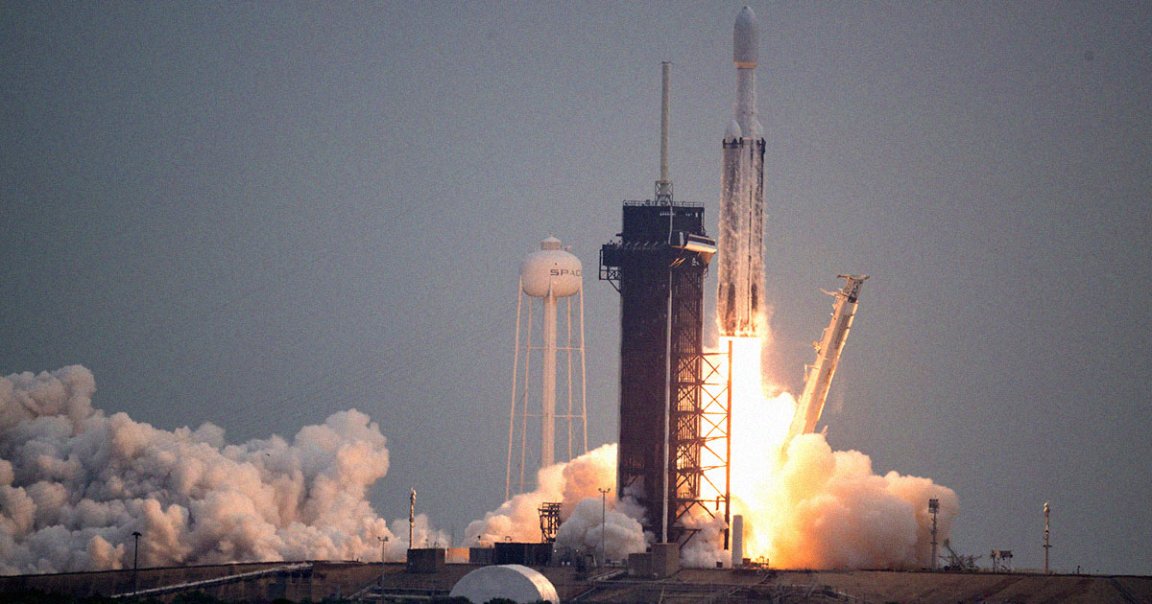
Psyche-d
“Asteroid autumn,” as NASA is choosing to call this year’s fall, is in full swing.
After over a year of delays, NASA’s Psyche asteroid mission has officially been launched into space by a SpaceX Falcon Heavy rocket from the space agency’s Kennedy Space Center in Cape Canaveral, Florida.
The massive rocket roared into life at 10:19 am, igniting over two dozen of its Merlin engines. Mere minutes into its flight, the rocket’s two side boosters split off to make their safe return to the Space Coast.
NASA’s spacecraft is now headed to Psyche, a highly unusual, metal-rich asteroid that orbits the Sun in the asteroid belt between Mars and Jupiter, roughly a 2.2 billion-mile journey.
The space rock could allow us to glean valuable insights into the evolution of the planets in our solar system and the composition of the Earth’s extremely difficult-to-study core.
Core Strength
The 140-mile-across space rock has fascinated scientists due to its highly reflective surface and surprisingly high density, suggesting it’s littered with metals. We’ve only identified a handful of metal asteroids in our solar system, but Psyche is by far the biggest.
Scientists believe it may be a leftover remnant of the core of a baby planet that is almost entirely made up of metal.
But we won’t know for sure until we actually get there and have a look for ourselves.
“Psyche could be something entirely different than that,” principal investigator Lindy Elkins-Tanton, a professor of earth and space exploration at Arizona State University, told the New York Times. “I would love to be totally surprised.”
“My best guess is that it’s more than half metal based on the data that we’ve got,” she added.
If it does turn out to be full of metal, Psyche could be astronomically valuable, making it an incredibly sought-after target for space mining — that is, if we ever figure out a way to mine it from billions of miles away.
NASA’s Psyche spacecraft is expected to arrive at the space rock in August 2029 and will spend just over two Earth years in its orbit to study its magnetic fields, surface, and composition.
And we can’t wait to hear what it finds.
More on the mission: SpaceX Prepares Spacecraft for Mission to Mysterious Metal Asteroid